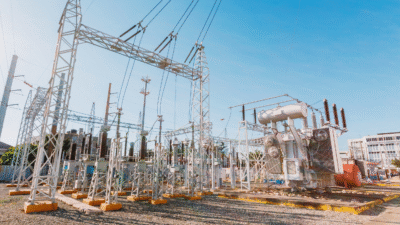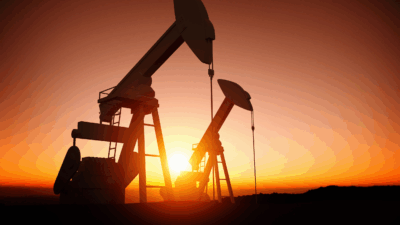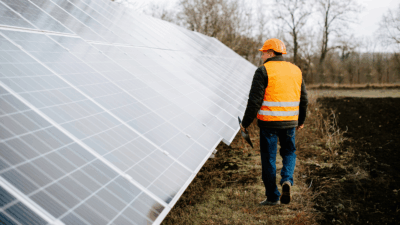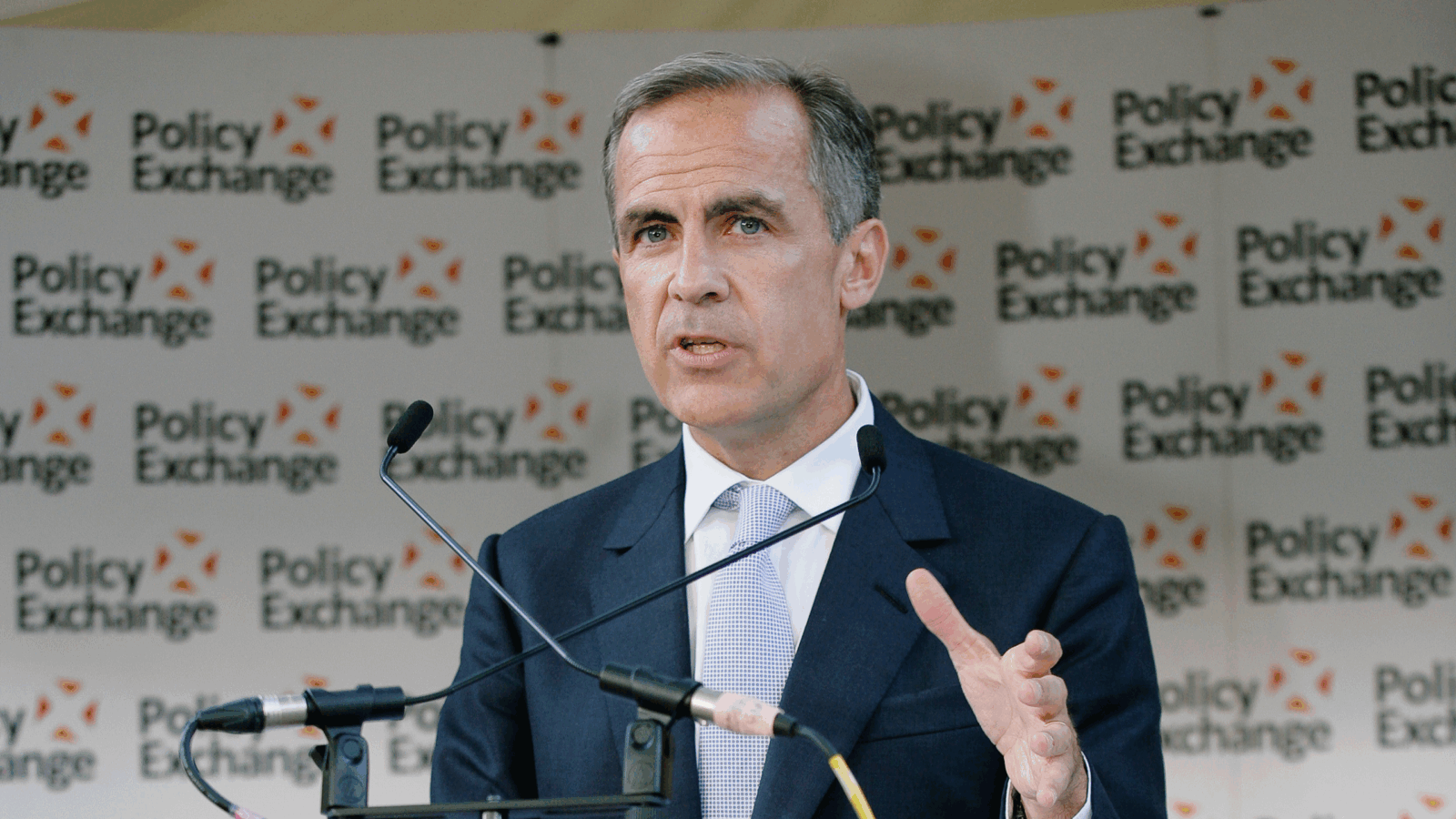
Sign up for smart news, insights, and analysis on the biggest financial stories of the day.
If trips to gas stations have afforded one shimmer of consolation this year, it’s seeing the price of diesel creep just a bit higher than the regular gas most of us pump into our regular-sized cars. At least I’m not driving a truck, one could say with relief.
Diesel prices are outstripping consumer gas prices by record margins, and what’s bad for truckers is bad for, well, just about everyone else.
Prices Rising Fast & Furiously
The logic is painfully simple. Rising diesel costs beget higher shipping costs, beget rising product costs. All those extra expenses are typically passed on to the consumer — just check your grocery bill.
Gas prices barrelled up some 47% in the first quarter, while diesel prices careened skyward by over 60%, Barron’s reports. On Friday, the average price of diesel hit $5.16, according to the fuel savings app GasBuddy, while consumer gas prices were over a full dollar cheaper. That marks the largest delta in diesel-gas prices as far back as 2005, according to auto club AAA, narrowly beating the record 98-cent gap from November 2008. But don’t blame (just) Vladimir Putin. The troubling trend began well before the war in Ukraine, and may last longer, too:
- Diesel refining capacity has shrunk in both the US and Europe due to pandemic closures and permanent shutdowns of refinery plants, while the rise in trucking volume during the pandemic (think of all the deliveries) has only increased demand for diesel.
- What’s more, demand for diesel tends to be less elastic than that for gasoline, energy economist Philip Verleger said in a report cited by supply-chain trade publication Freight Waves. While rising prices at the pump may move some commuters to opt for the train or for work-from-home, demand for diesel doesn’t decrease in line with rising prices.
Farm to Wallet: While trucks account for roughly 70% of diesel consumption in the US, according to trucking association ATA, diesel fuel is also what powers most farming equipment. The US agricultural sector is due to have its largest corn and soy planting season since 2017, reports Bloomberg. Consumers can expect to feel the double-whammy of rising production and shipping costs.











